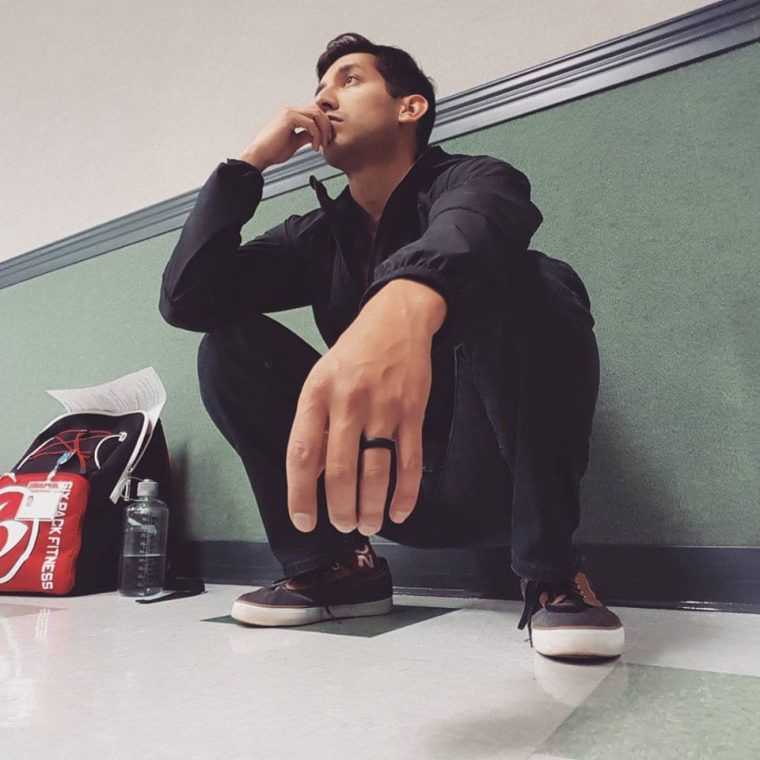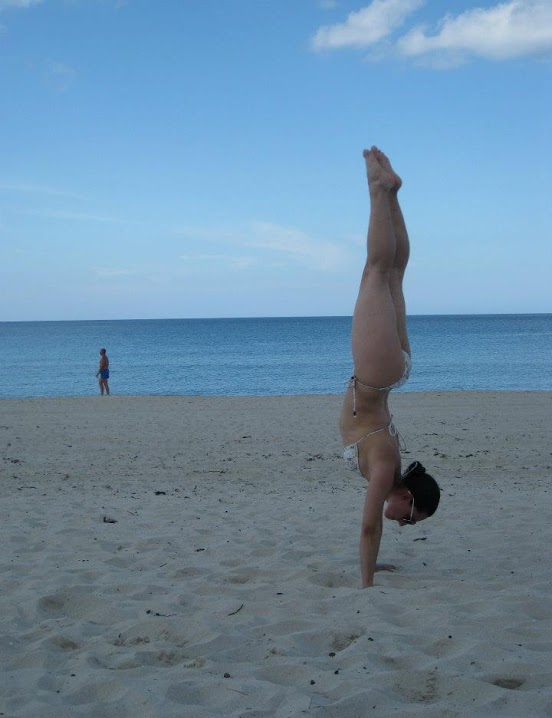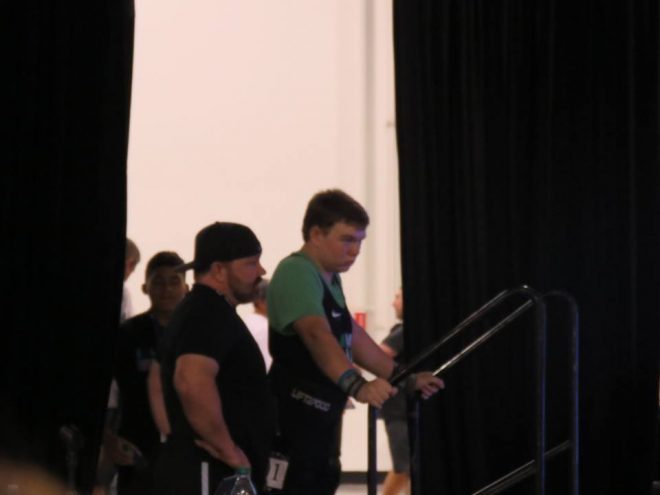Check out one of the Online Teams:
•Mash Mafia Bronze•Mash Mafia Silver•Mash Mafia Gold•Eat What You Want•Eat and Lift What You Want
Check them out here: ⇒ Mash Mafia Online Teams===============================================
or Check out the Mash Elite Performance E-Book on Mental Performance “Performance Zone” at:
MEP Tools for Optimizing Your Mental Health
by Gabriel Villarreal
Discussing mental health and lifting are two of my biggest passions. I am so honored to have been given the opportunity to talk about both to you all both in writing and in person. In case you missed me, either on this blog, or at the “True Health and Fitness” at TFW Fitness in August, I’m guest writer Gabriel Villarreal, Resident in Counseling, owner of the Mash Elite Affiliate “LostBoys Strength and Conditioning” in Roanoke, VA. Additionally, I am the owner of my private practice “ADHD Counseling in the Roanoke Valley”.

Enough about me today we are going to tackle how to optimize your mental health, as a coach or athlete; we all need optimization. Better every day!
In my last two articles we discussed the comorbidity (dual issues) between overweight/obese and mental health diagnoses as well as why not to use exercise as your therapy. Before we jump into today’s topic here is a summary of those articles for reference:
We found that the CDC, Centers for Disease Control and Prevention, estimate 300 million individuals are obese worldwide and approximately 75% of adults in the United States are either overweight or obese. The Department of Health and Human Services reports 300,000 deaths occur each year due to overweight or obese related issues. (U.S. DHHS, 2007)
Additionally the CDC found that “approximately 75% of every American will have at one time a diagnosable Mental Health disorder” in their lifetime.
Basically, if you live in the United States and flip a coin: heads at some point in your life you’ll be overweight or obese, tails you will be diagnosed with a mental health disorder at one point in your lifetime; the coin lands on its side you’re in the clear of both.
We concluded that the impetus of alleviating the two from our communities falls to the strength and conditioning coaches, athletes, trainers, and members even who already lead optimal nutritional and exercise lifestyles. When we arm ourselves with the minimal effect dose of mental health knowledge in our own communities then systems can be put into place toward getting our communities truly healthy and well.However, this article is not about the masses we serve or will serve in the future. This article is here to address the reason we have to take up this fight; because mental health professionals cannot practice or teach what they don’t know or practice themselves, and the inverse is also true of us as trainers in reference to our own mental health. If we do not have the tools and insights to help ourselves during easy times we cannot help those in that need in their dark times.
Today you will learn about the 5 techniques I use to optimize my mental health, and the mental health of my clients. I pulled techniques from both the field of mental health as well as strength and conditioning to give a simple plan that will provide insights into yourself and eventually others.
Keep one thing in mind: these techniques will be a daily practice, one day at a time, one rep at a time. Before you read on, take a look back and remember your first push-up or the first time you put a barbell on your back, because this is where you have to start with your mental health: at the very first rep.
5 Techniques to Optimize Your Life Through Lifting
1. Find a coping skill: When choosing a coping skill use the following criteria: “if I were on the moon, would it work?”Avoid catharsis: As we discussed in my last article, catharsis can be therapeutic, lifting as its vehicle alone is a poor coping skill. What happens when you are stressed or emotionally overloaded and cannot workout? “Our demons are patient”, people would be better served having a coping skill that is readily available at any time.
Gabriel’s go to:
BOX BREATHING: Box breathing is something Gabriel learned from SEAL Commander Mark Divine, and uses for himself, his clients at his private practice, and with his lifters. It is the process of taking deep breaths with holds at the top and bottom of each breath. A simple box breathing exercise looks like this:Inhale for 4 secs…hold for 4 secs…exhale for 4 secs…hold for 4 secs…repeat for 5 to 10 rounds
2. Mindfulness: Using a lifting session to be present is far more effective than catharsis. It is no different than meditation, other than you 10x-ingthe physical and mental benefits of just breathing or meditation alone. You can focus on your breaths and a singular movement, and can block everything else out of your mind creating a mindfulness exercise out of a lifting session.
Gabriel’ go to:
Our minds seem to always be “on”. Going forward when under the barbell, practice focusing on a single thought, being present in that moment:
Inhale sharply through the nostrils driving all thoughts out of your mind and make the lift.
Once you master this, spread your mindfulness out to another point in training, and finally to your entire gym session. That will be a powerful tool for the busy and stressed.

3. Self-Awareness: Having a higher degree of self-awareness is paramount in distinguishing between a coping skill and catharsis, as well as auto-regulating. Are you too emotional to workout? Have you slept well, eaten enough, etc? Would your time be better served elsewhere to return you to equilibrium? And are you self-aware enough to know what you need?
Gabriel’s go to:
I encourage my lifters to keep records of their workouts and lifts in a notebook. They keep track of lifts, when they PR, and when they miss a lift they hit before (some of my lifters, like my wife, write how the lift felt throughout their body!). This helps them see how they are progressing and is a good measure to help them identify areas and times when they may have not been operating at their best. I can then help them reflect on their lives; are they sleeping enough, eating enough, or is something else going on in their lives?
4. Honesty and Transparency: You may very well be self-aware enough to recognize what you need in the moment, but are you being transparent and honest with yourself about what you need? Being transparent is just as it sounds, you are totally open, your cards are on the table, and you have a “take me as I am” attitude. When becoming transparent andhonest you need not only be comfortable with that, but love yourself for it.
Gabriel’s go to:
This is a lifelong pursuit as we are our toughest critics and we lie to ourselves more than anyone else. With practice on the first three of these techniques it will begin to become easier over time. So, when you find you’re not being honest with yourself, note it in your mind (or in a journal or notebook), and simply forgive yourself. Tomorrow is a new day and you will be better tomorrow.
5. Conditioning: Once you begin to condition yourself a rhythm and pattern will emerge, just as Pavlov conditioned his dogs. You can condition yourself to switching “on” mindfulness, self-awareness, and honesty while working out (and more importantly throughout life). As soon as you begin a task your brain knows, “it’s time to do X”, this cycle begins all over again.
Gabriel’s go to:
You’ve heard it before: when lifting, approach the bar the exact same way every time, grab the bar, drop into position, take your breath ,and finish the lift the same way, every time! And if not, restart.
Once these techniques become common place, let them bleed out into other areas of life: dinner time with family, work, church, playing with the kids etc. When it’s time for dinner you condition yourself to be there with your family, not still back at work. When at work it’s time to do the tasks at hand, not thinking about that afternoon’s lifting session.You get the idea, be present in the moment and condition yourself to utilize these techniques in all aspects of life, not just the gym. This will lead to being optimized both in and out of the gym, and a step closer to where the world of mental health and fitness is heading.
About the Author:Gabriel Villarreal is a the owner of Mash Elite Affiliate “LostBoys Strength and Conditioning” in Roanoke, VA. Additionally, he owns his private practice “ADHD Counseling in the Roanoke Valley” where he is a Resident in Counseling. Lastly, he co-hosts a podcast “Informed Consent” about community mental health to support incoming professionals.
If you’d like to learn more about anything you read above Gabriel would be more than happy to answer an questions, concerns or just to continue this conversation. Feel free to email him at Gabriel@roanokeADHD.comSOURCES:United States Department of Health & Human Services [U.S. DHHS]. (2001). The Surgeon General’s call to action to prevent and decrease overweight and obesity. Retrieved on August 4, 2009 from http://www.surgeongeneral.gov/topics/obesity/
